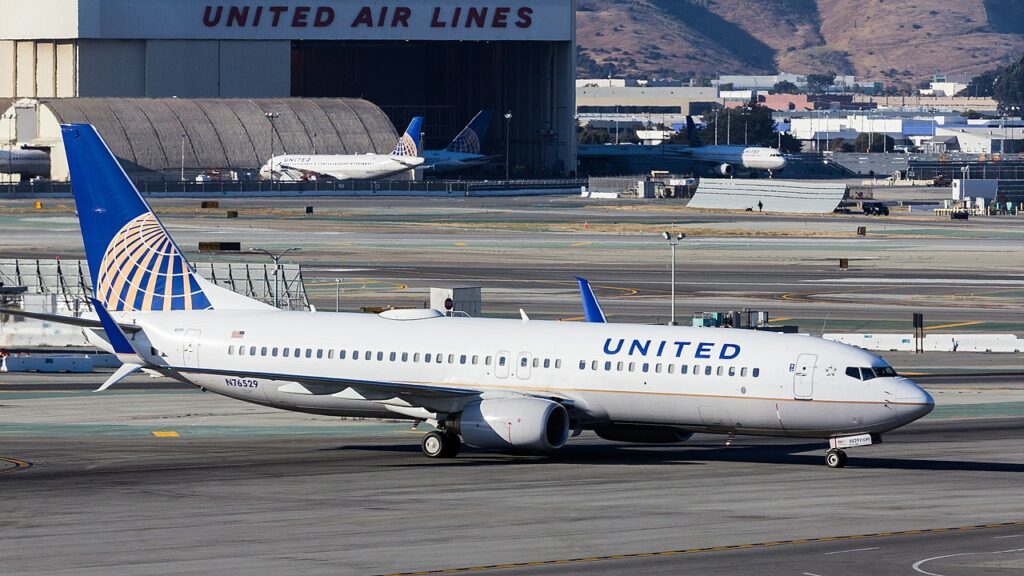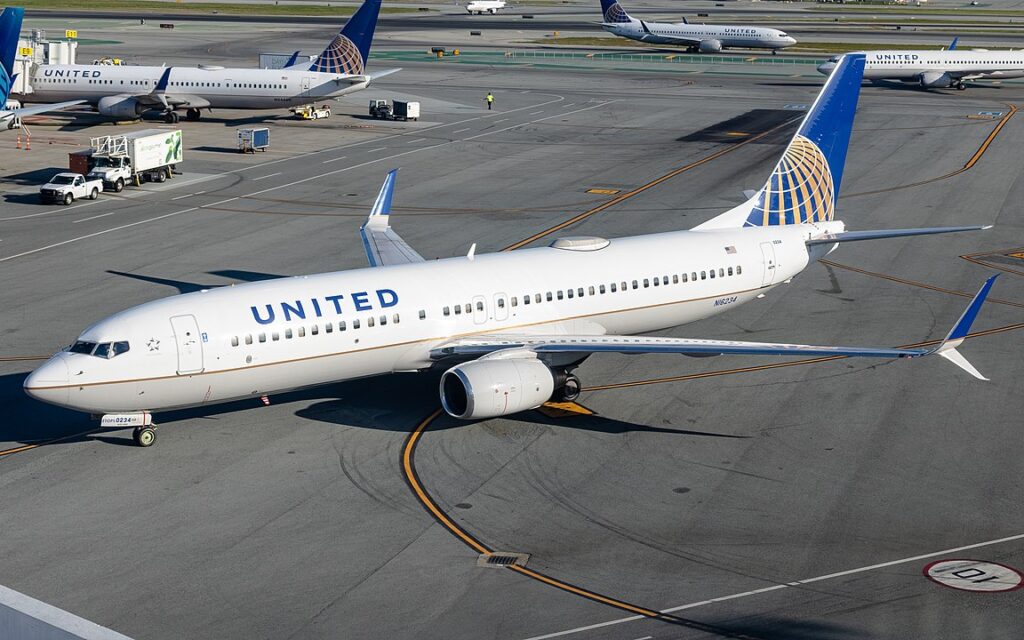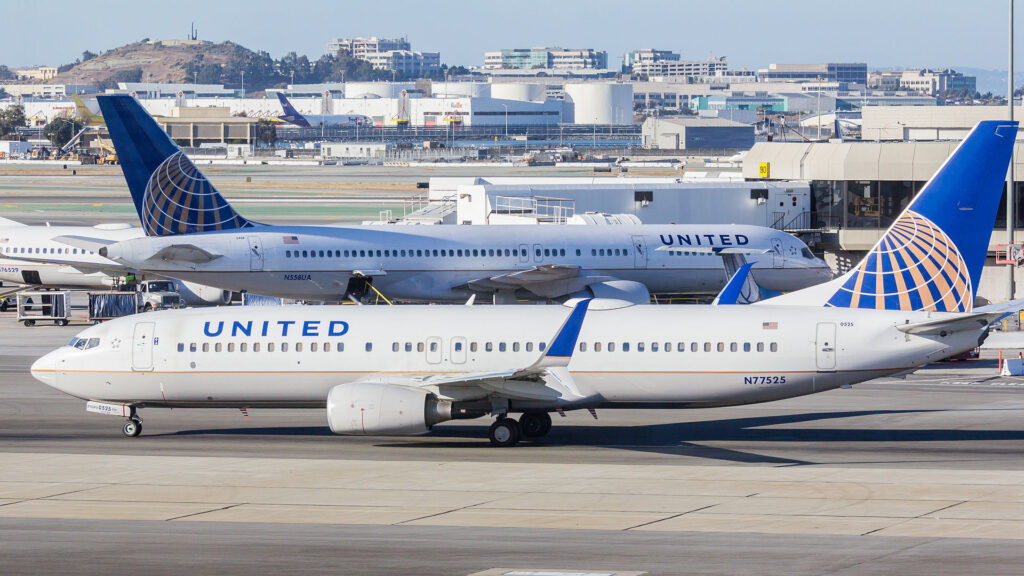SAN FRANCISCO— United Airlines (UA) flight UA1111, a Boeing 737 MAX 8, narrowly avoided a serious runway incursion at San Francisco International Airport (SFO) on June 24, 2025, thanks to the vigilance of its flight crew.
The incident involved conflicting taxi and takeoff clearances amid a high workload for a single air traffic controller, exposing ongoing safety challenges at busy multi-runway airports like SFO.

United Pilots Avert Mishap at SFO
United flight UA1111, scheduled from San Francisco (SFO) to Lihue (LIH), received taxi clearance that included instructions to cross both runway 1L and 1R via taxiway F.
The United pilot read back the clearance verbatim. However, air traffic control had not intended for the aircraft to cross the active takeoff runway 1R — a potential conflict that emerged as other aircraft were simultaneously cleared for departure from the same runway.
Recognizing the danger, the United pilots exercised restraint and held short of runway 1R, even though they had technically been cleared to cross. Their proactive radio call prompted a brief but telling exchange:
United pilot: “United 1111, holding short 1R.”
Controller: “United 1111, I know, hold short of 1R.”
United pilot: “No, you gave us a cross, United 1111.”
Controller: “United 1111, I told you cross 1L, hold short of 1R.”
Despite the miscommunication and dismissive tone from the controller, the pilots prioritized safety over procedure and resumed taxi only after receiving explicit clearance, OMAAT flagged.

Breakdown in Communication Under Strain
At the time of the incident, a single tower controller was managing multiple critical tasks — issuing takeoff and landing clearances, instructing departures, and coordinating taxi movements across intersecting runways. This overextension likely contributed to the lapse in accurately monitoring pilot readbacks.
SFO’s runway layout frequently requires aircraft to cross active runways, a risk compounded by heavy traffic volumes.
The airport’s authorization to issue multiple runway crossing clearances at once — a policy not standard across U.S. airports — increases the margin for error, especially without sufficient staffing or safeguards.
ALSO READ: JetBlue A321 Pilot Yell at New York ATC Amid Two Go-Arounds

SFO’s Unique Procedures and System Limits
San Francisco International Airport uses Runway Status Lights (RWSL), an automated visual warning system that alerts pilots when runways are active.
Despite its presence, the human element in air traffic control remains vulnerable. Fatigue, high tempo, and outdated voice-based communication protocols remain critical safety concerns.
While this incident ended without incident, it highlights a systemic issue: reliance on verbal ATC instructions without technological conflict detection.
Automation and electronic clearance verification could prevent such near-misses, yet progress remains slow due to the complexity and fragmentation of global air traffic control systems.

Lessons for the Industry
This event underscores the importance of pilot situational awareness and responsible decision-making.
The United crew’s professionalism in questioning a potentially unsafe instruction, without confrontation, likely prevented a serious accident.
Equally, it reveals a pressing need for FAA and global authorities to reassess policies allowing simultaneous runway crossings, invest in controller workload management, and fast-track modernization of ATC communication protocols.
Stay tuned with us. Further, follow us on social media for the latest updates.
Join us on Telegram Group for the Latest Aviation Updates. Subsequently, follow us on Google News

